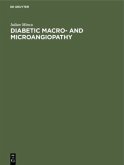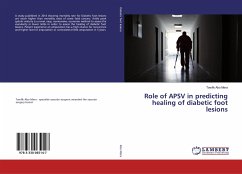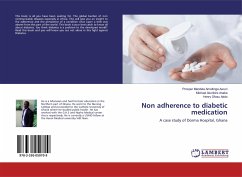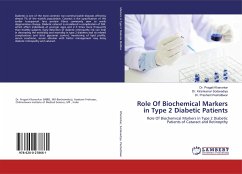Diabetes Mellitus is the most common endocrine disorder. 90% of the patients have type -2 while 10% have type-1. At least 30% of the patients have some cutaneous manifestations during the course of the disease.Abnormal carbohydrate metabolism, other altered metabolic pathways, atherosclerosis, microangiopathy, neuronal degeneration and impaired host mechanism all play a role in manifesting the cutaneous signs of the disease. The cutaneous lesions are broadly divided into 4 groups, out of which, the most important being those associated with the microangiopathy, example necrobiosis lipoidica diabeticorum, diabetic dermopathy and diabetic bullae, which are considered the cutaneous markers of the disease. Other group constitute the skin infections. Remaining two groups are due to complications of diabetes mellitus and due to the cutaneous reactions of diabetic treatment. These cutaneous manifestations may appear subsequent to the development of diabetes or at times of presentation or even precede the diagnosis by many years. The angiopathic changes in the patients with diabetes mellitus may be useful in foreseeing the impending complications, which can be prevented at an early stage.








